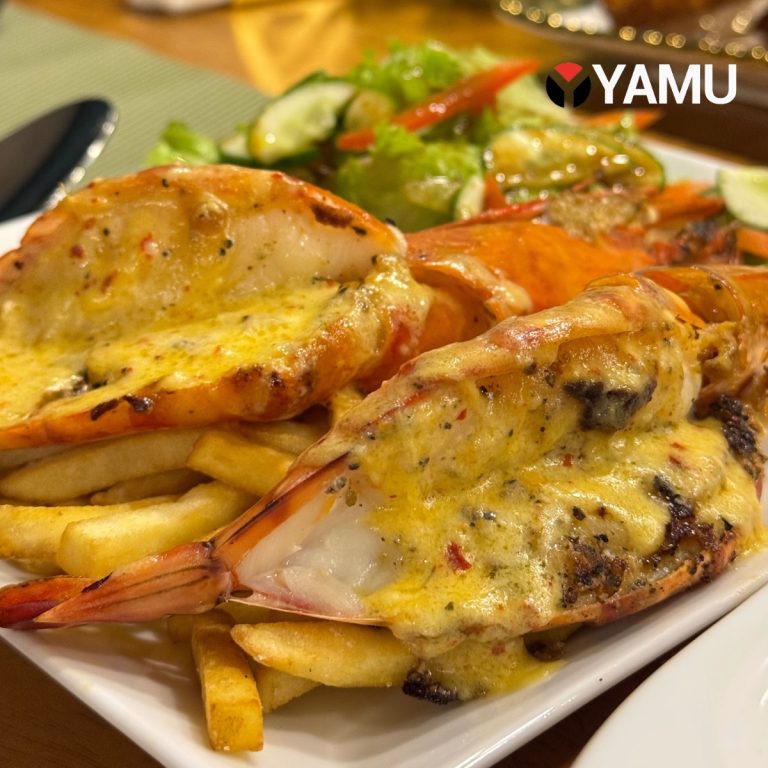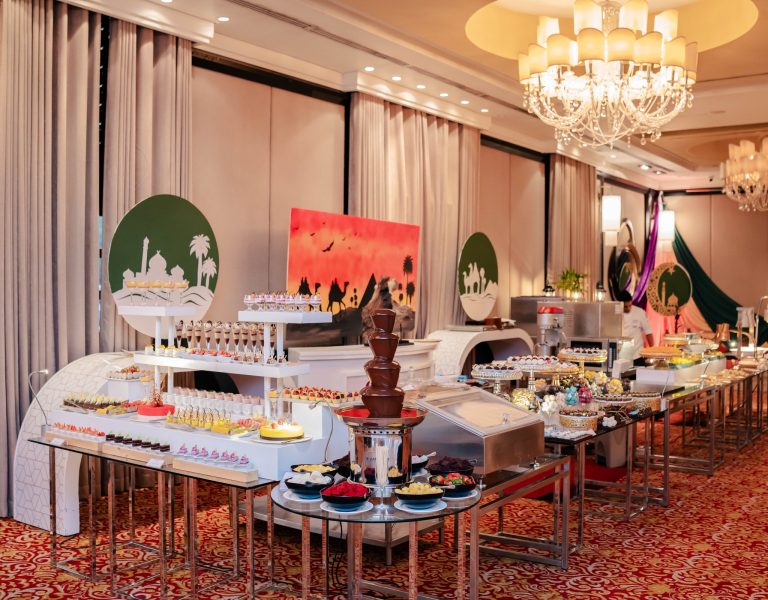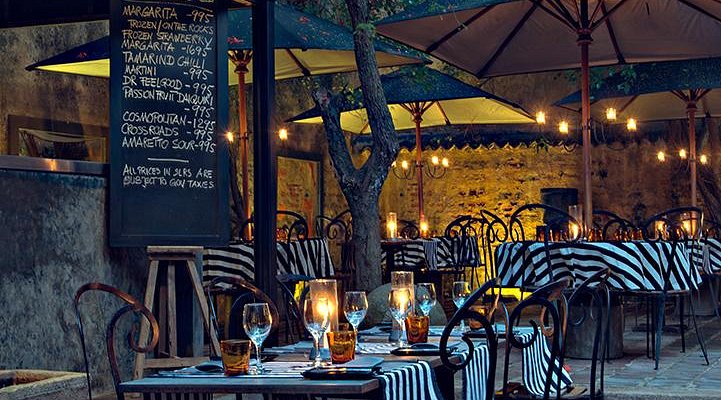Originally launched by the Ceylon Government Railway in 1956, the Yal Devi is an intrinsic part of the island’s Northern history. Snaking from Colombo Fort to Jaffna, it was the main link from the commercial capital to the North.
After the train was bombed and destroyed by the LTTE in 1985, the service was discontinued until 2013. The rail tracks were rebuilt, and the slow restoration of the Northern railway stations began in 2009. The total restoration upto the Kankesathurai station is meant to be completed by 2015.
Logistics
The Yal Devi still doesn’t quite reach its final destination. Up until now, the service starts at Pallai, which is about an hour shy of Jaffna Town. It currently leaves Pallai at about 10:40 AM, and reaches Colombo Fort around 8 PM. It’s supposed to be a 9 hour journey and claims to reach at 6:30 PM, but somehow takes much longer.
We originally planned to take the 6:40 AM A/C intercity express from Pallai, which was meant to be a nice, express journey, and reach Colombo by about 2 PM. Unfortunately, the train was cancelled for no apparent reason so we had to wait at the railway station for four hours with a station full of fellow grumpy travellers. Fair warning: the timings appear to be pretty arbitrary, so call ahead and confirm and then re-confirm at the station.
The carriages are divided into first class observation (Rs. 900), first class (Rs.750), second class (Rs. 550) and third class.
For reservations, contact the Railway Department.
Route
The route is really quite stunning, and gives you a good feel of the North. The agriculture, the people, the destruction and the spirit of rebuilding. You’ll see stunning paddy fields adorned with buffalo, cattle egrets and peacocks in abandon, along with rural vistas. I saw a lot of old UNHCR sheeting being used to hold together huts and shacks, which holds a pretty great metaphor if you’re willing to look for it.
If you’ve read literature on the civil conflict and travels in the North, you’ll start piecing together the places and the history behind them. I’d recommend getting a copy of Nihal de Silva’s brilliant novel, Road from Elephant Pass, for your journey. You’ll get a strong feel of the places you trundle through, and start to feel an emotional connection to the history of the area.
Journey
The train itself is pretty standard. Second and third class are very crowded and are generally difficult to handle for unseasoned travellers. It’s a full day’s journey, so I’d recommend first class, which doesn’t have A/C or anything but has decent seats and generally isn’t too cramped.
We went on a Monday so found seats pretty easily, but weekends can be tricky. A lot more people get on and off at the big stations like Anuradhapura and Kurunegala, so be prepared for some jostling. Pack some water and food if you balk at the notion of skipping meals. Luckily the Yal Devi allows vendors, so you’ll get water bottles and an assortment of snacks like vade, nuts, and achcharu. There is a buffet car as well but it doesn’t appear to be operational.
Wear light, loose fitting clothing. There are fans whirring away busily, but it is HOT. I didn’t risk the bathroom as it was a bit far away and I reckon it would need some aim and dedication for a successful mission.
Conclusion
The Yal Devi is a part of history. It’s by no means a quick or luxurious way to the North or back, but it’s an interesting journey. It’s hot, vibrant and slow – a proper Sri Lankan voyage.












